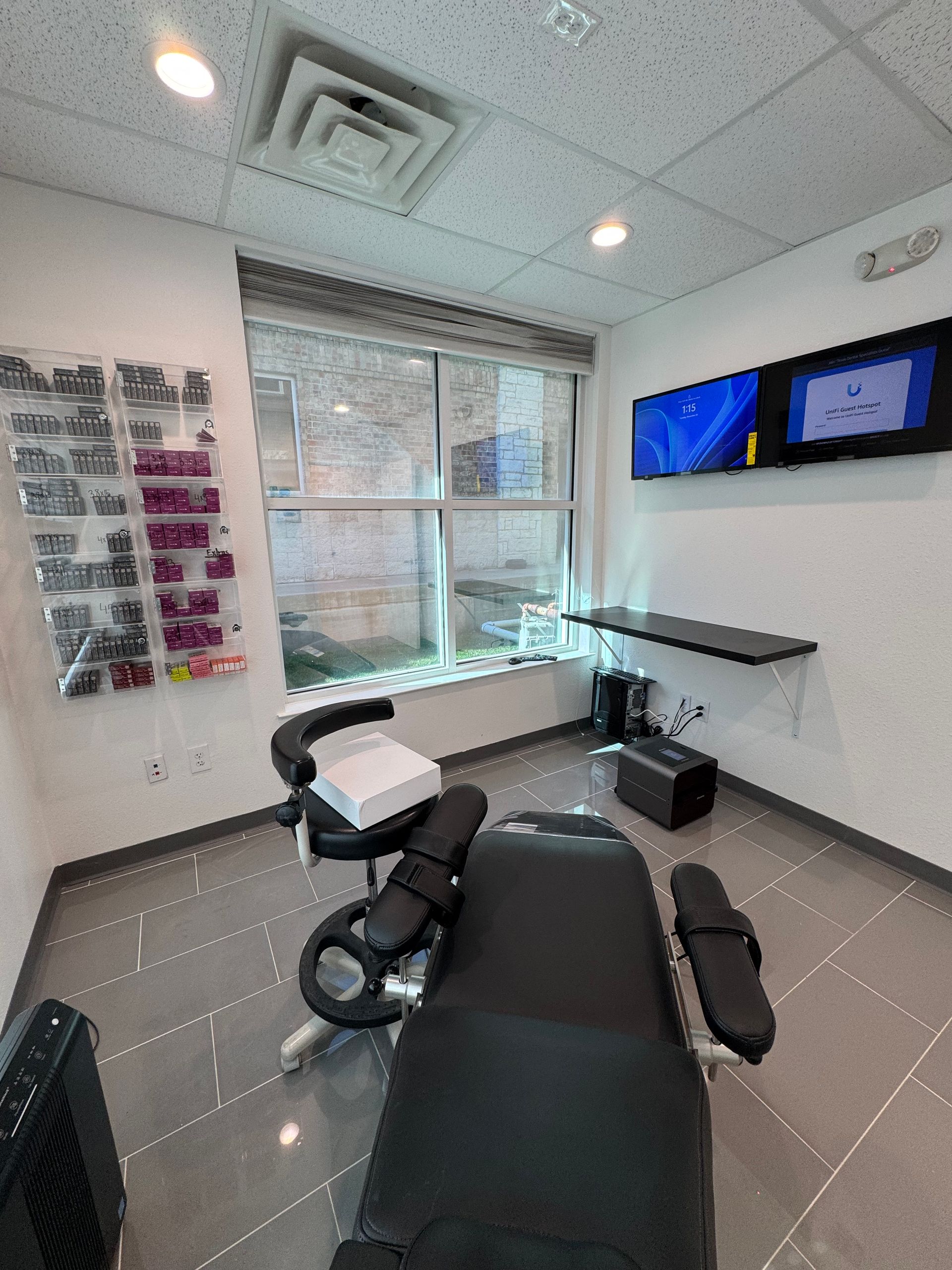What is Teeth Bonding?
Teeth bonding, also called dental bonding, is a minimally invasive dental procedure in which cracked, discolored, or chipped teeth are coated or covered with a tooth-colored resin using a bright light laser which helps bind the resin to your teeth. Resin is a thermolabile plastic which is biocompatible. It does not cause any harm to your body.
Teeth bonding improves your aesthetic appearance and boosts your self-confidence. It is a type of cosmetic dentistry procedure.
For more information about our services or to schedule an appointment, call us at (214) 619-6329 or complete the form below we’ll get back to you as soon as we can.
What are the Indications for Teeth Bonding?
Teeth bonding is recommended for the following conditions:
- Crooked smile due to cracked or discolored missing teeth
- Misaligned teeth
- Broken, chipped, or cracked teeth
- Discolored or stained teeth
- Problems with bite
- Spaces between teeth
- Difficulty chewing
- Tooth pain due to stress on your jaw and remaining teeth
- To make your teeth appear longer if you have a gummy smile – when more gums are visible compared to your teeth
How to Prepare for Teeth Bonding?
Your dentist will call you in the office for a dental check-up.
- You will be informed to keep your teeth clean by brushing and flossing properly.
- Dental X-rays or teeth impressions may be taken, depending on the requirement.
- If your doctor intends to take a dental impression, you will be asked to rinse your mouth before taking the impression.
- Avoid eating sugary, sticky, and starchy food items.
- The dental or impression tray is filled with the dental impression material and placed over your teeth.
- You asked to close your mouth and bite down.
- The shape and structure of your teeth is created on the dental tray which is then carefully removed from your mouth and set aside.
What is the Procedure for Teeth Bonding?
The general steps to perform teeth bonding may include:
- You are asked to brush or rinse your mouth before the start of the procedure
- You will sit on the dental chair.
- You need to open your mouth wide to insert the dental retractor. This keeps your mouth open for the desired time.
- The procedure may be done with local anesthesia under the following circumstances:
- If you have a decayed tooth
- Dental crack is quite near to a nerve
- Tooth needs drilling to alter its shape
- Special dental equipment or dental abrasives are used to roughen the surface of the desired tooth or teeth.
- Then, a conditioning liquid is applied on the rough edges of the teeth to increase the binding between the resin and the teeth surface.
- The tooth-colored, semi-solid resin with a thick consistency is then applied on your teeth.
- It is then molded into the natural shape of your teeth.
- Once your dentist is satisfied with the resin coating and shape, a bright light or laser is focused on the resin. This sets the resin in place as the resin hardens with the heat treatment.
- After the resin cools down and takes the desired shape, it is further trimmed and shaped.
- The resin-coated teeth are polished to match the rest of your teeth surface.
The entire procedure may take 30 to 60 minutes.
Recovery and Care Instructions for Teeth Bonding
Some of the common dental care instructions include:
- Keep your teeth clean
- Brush and floss daily
- Use an antiseptic mouthwash for rinsing
- Avoid biting your fingernails
- Do not chew on pens or any other hard food objects
- Avoid smoking to prevent staining on your bonded teeth
Bonded teeth may last for a few years. They need to be bonded again if you get a crack on your teeth or if the resin begins to loosen. Visit your dentist to learn more about dental bonding.
Request an Appointment
For more information about our services or to schedule an appointment, call us at (214) 619-6329 or complete the form below we’ll get back to you as soon as we can.
For more information about our services, or schedule an appointment, give us a call or complete the form on our contact page.
Our reviews





